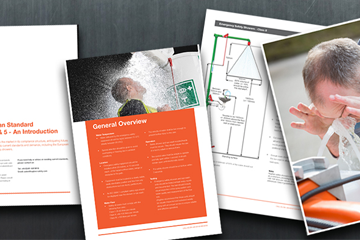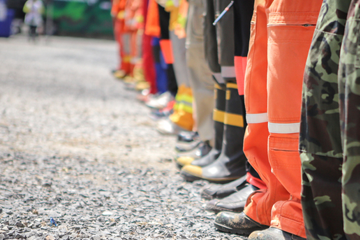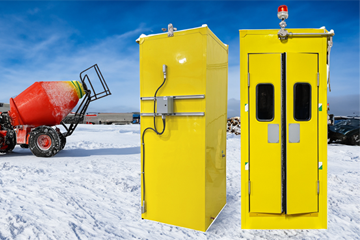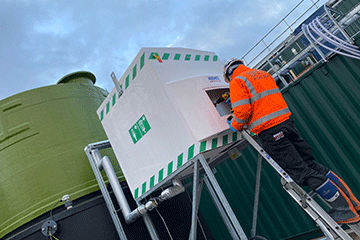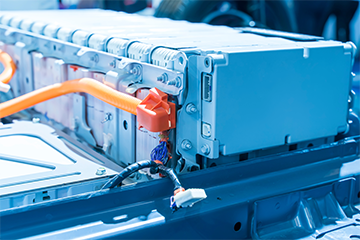Enquiry List () (0)
- Jan 30, 2018
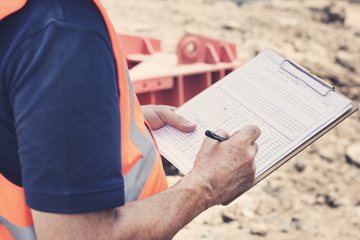
Emergency Showers: How to Select the Right One
An emergency safety shower seems like a very simple piece of safety equipment. It must provide tepid water. It should activate quickly. It needs to flow for at least 15 minutes. But, is a simple on/off safety shower the right equipment for every environment?
The ANSI/ISEA Z358.1-2014 standard specifies requirements for emergency safety showers. To meet this standard requires a different safety shower design for different circumstances.
Emergency Showers for Unreliable or Non-Existent Water Supply
As industrial facilities expand to increase production, some parts of the facility are long distances from utility supplies. Remote locations lead to reduced water supply pressure, unreliable flow or even no connection at all. To meet ANSI requirements, safety showers must provide 20 U.S. Gallons (76 liters) per minute of potable water for 15 minutes. The Emergency Tank shower features an integrated water supply tank able to provide enough water to meet the ANSI flow rate without depending on a connection to the utility water network.
Emergency Showers that Solve the Problem of Extreme Ambient Temperatures
Companies build factories close to their raw materials. They are often located in extreme environments. Factories in the southern US face ambient temperatures higher than 104 F (40 C). Others in the northern states or Canada experience temperatures below 40 F (5 C). The ANSI standard requires a supply of tepid water to emergency safety showers in the range 60-100 F (16-38 C).
High temperature water will scald the injured person and promote the absorption of hazardous chemicals by the skin. Lower temperatures can lead to hypothermia or thermal shock. It is also a natural human reaction to want to leave the safety shower if the water is too cold. This results in chemicals remaining on the skin, causing ongoing damage.
Emergency Showers in Extremely High Temperatures
Water in standing pipes can rise to temperatures of up to 122 F (50 C) due to solar radiation. Under these conditions, the shower will give a deluge of hot water.
Temperature controlled safety showers use chillers to create a cold-water supply. Thermostatic valves mix hot and cold water to achieve a supply temperature in the tepid range.
Emergency Showers in Extremely Low Temperatures
The water supply drops below the tepid range in frigid climates. Water may even freeze in the pipes rendering the shower inoperable in an emergency.
Freeze protected safety showers use trace tape heating and insulation to prevent freezing. This ensures a positive water flow upon shower activation. Polar safety showers include a temperature controlled cubicle. The injured person is protected from the elements while using the shower and waiting for emergency support.
Temperature controlled safety showers in cold climates use heaters to create a hot water supply. Thermostatically controlled mixing valves maintain water at a constant tepid temperature.
Important ANSI Criteria
The ANSI standard also specifies that emergency safety showers must be located on the same level as the potential source of contamination and within 10 seconds reach. Keep pathways to the shower clear and unobstructed. Clear markings help an injured person find the shower in the minimum time. Once activated, water must flow from the shower within one second and continue flowing without the need for the operator to use their hands.
Purchase an Emergency Safety Shower from Hughes Today
Email or Contact Hughes Safety Showers to learn more about safety showers or to receive a complimentary quote. Our professional consultants can advise you on the best solution for your application as well as the regulatory requirements that are relevant to your industry.
You can also download this free Tech Guide to the ANSI standard for safety showers and emergency eyewash equipment.




